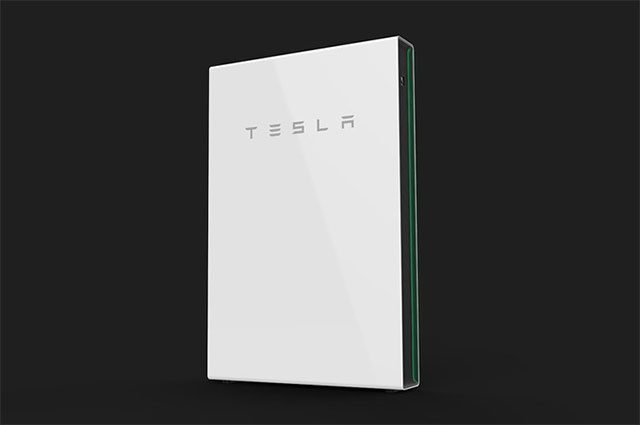TThe Australian battery storage industry is experiencing a surge of interest from global manufacturers of battery storage products, with a number of companies launching new products over the last 6 months.
Our Battery Comparison Table shows prices are trending downward due to new products such as the Powerwall 2 and the Ampetus Super Lithium hitting lower price points. Interestingly we are not seeing manufacturers lowering their prices of existing products to compete with these new offerings.

Powerwall 2 is beaten before it even arrives
The Tesla Powerwall 2 got a lot of press when it was announced at a retail price of $8,000 for 13kWh of storage. It currently offers a cost-per-warranted-kWh of $0.21. First installs were originally promised for February, then March, as of this week the Tesla Website has stopped giving an estimated install date. Read into that what you will…
I personally put down a deposit with Tesla for a Powerwall 2 for a promised March installation. If it gets installed in March I’ll eat my hat.

Ampetus Energy
A relatively unknown Australian company, Ampetus Energy, have released a 3kWh “Super Lithium” battery retailing for $2,300 This is available to ship right now and beats Tesla with a cost-per-warranted-kWh of $0.19. This is mainly due to their 15 year warranty, which is also the best in the industry.
Before Ampetus, the longest product warranty for a battery that we saw was 10 years – so they must be very confident in their product.

BYD B-Box
The Australian launch of BYD’s “B-Box” last month demonstrates that the battery storage industry is still having trouble consistently breaking below a cost of $1,000 per kWh – as their B-Box is being launched for an estimated retail price of $9,900 for 10kWh of storage.
BYD is a massive Chinese company that manufactures Lithium Iron Phosphate batteries. In 2015 they were the 2nd largest battery manufacturer in the world. They have previously focused their efforts on electric cars and buses, but the fact that they mass-produce Lithium Iron Phosphate batteries makes expansion into the residential battery storage space a logical next step.
Their “B-Box” battery is offered as both low voltage (48v) and high voltage (over 200v) products.
Notably, the 10kWh battery can output an impressive 10kW of power (and a massive 20kW peak) – but this is limited by the inverter it is connected to. Currently it only works with the 2.5kW SMA Sunny Boy Storage.
If a company as large as BYD cannot sell cheaper than $1,000 per kWh to compete with the likes of Tesla (and Ampetus), this indicates that the battery storage industry still has a few years to go before prices drop to a level that makes batteries worth it for the average Aussie household.
Here’s a summary of other new battery storage products that have been added to our battery comparison table recently:
DCS PV 5.0
This currently ranks third, behind the Powerwall 2 and the Ampetus “Super lithium”, for the best cost-per-warranted-kWh on our comparison. Engineered in Australia, it offers 5.12kWh of storage for $5,900.
Delta Hybrid E5
Delta, a company that also makes inverters, has thrown their hat into the ring with the Hybrid E5. It is priced at $8,500 for 6kWh of storage.
Elmofo E-Cells
Developed in Australia using Kokam cells, it offers 5.5kWh of storage for $8,190. It can offer a whopping 40kW of peak power – but this is limited by the inverter, so it’s more of a theoretical benefit.
SENEC.home Li 10.0
A German-made product offering 10kWh of storage for $20,860. It is quite expensive compared to the competition, but offers an excellent cycle life (12,000 cycles).
Akasol Neeoqube
Another German-made product, offering 5.5kWh of storage for $12,000. It is only compatible with SMA inverters.
In Summary
Battery prices are coming down, with Tesla offering the lowest ‘per kWh’ cost and Ampetus winning on ‘cost per warranted kWh’. Recent rumors suggest that Tesla believe they can reduce their battery prices by another 35% as the Gigafactory comes online. But I’ll believe it when I see it because they haven’t delivered the Powerwall 2 yet.
Finn Peacock is Founder & CEO at SolarQuotes
This article was originally published on RenewEconomy sister site One Step Off The Grid. To sign up for the weekly newsletter, click here.







